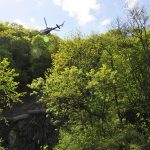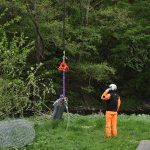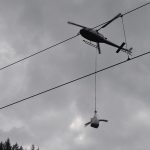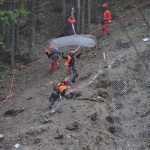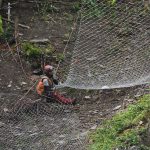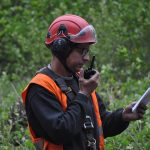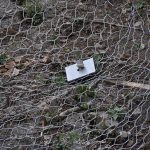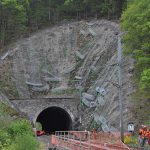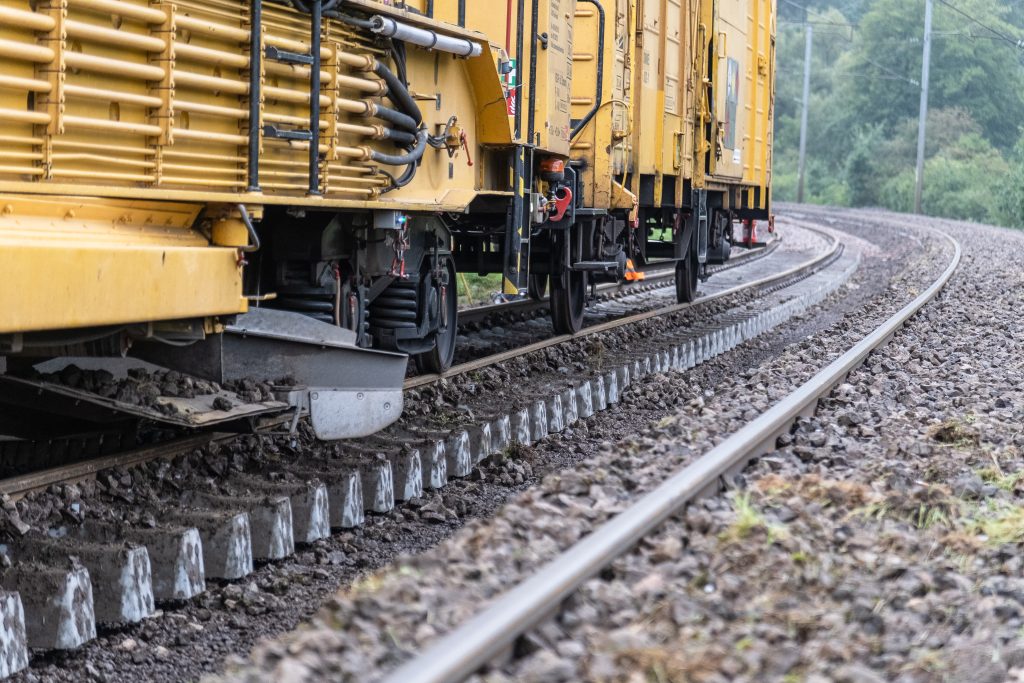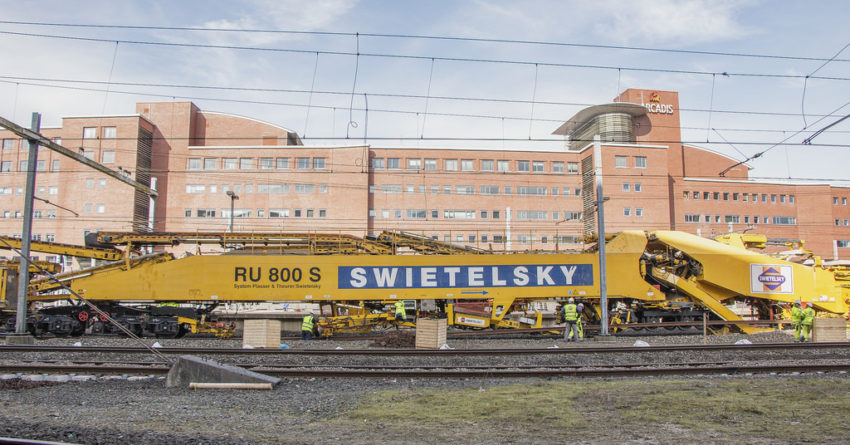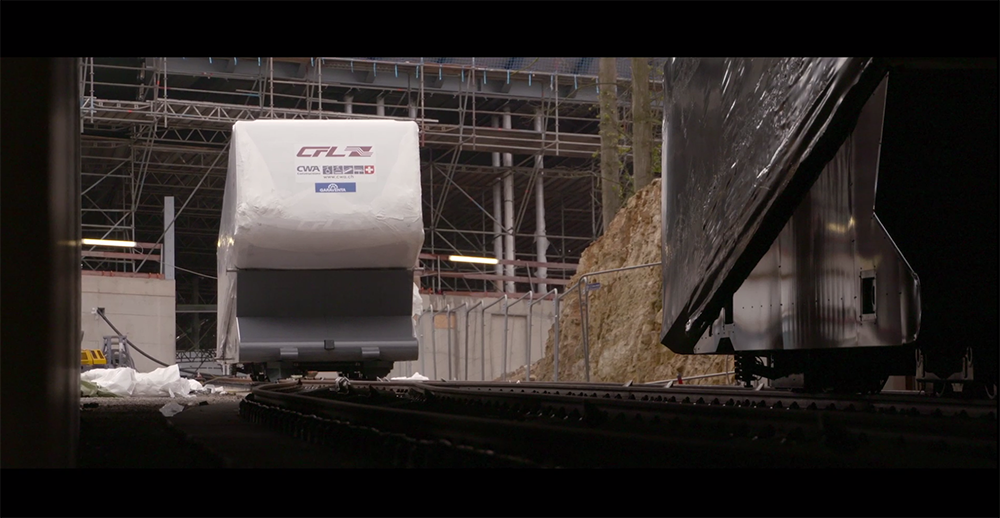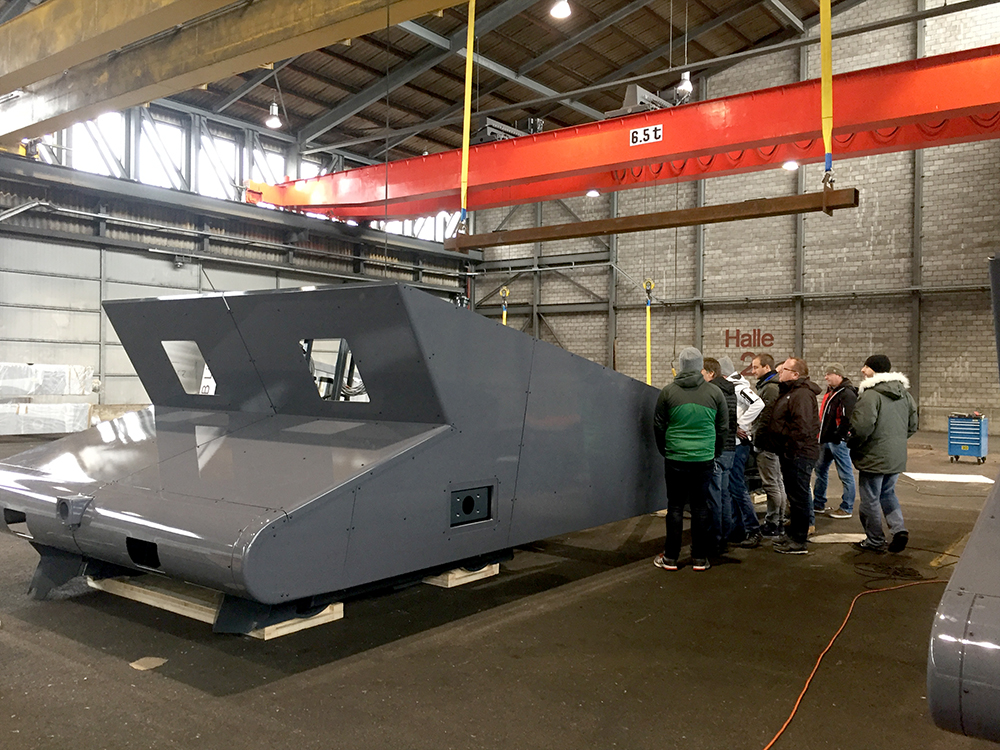
Helicopter assignments to secure rocky cuttings
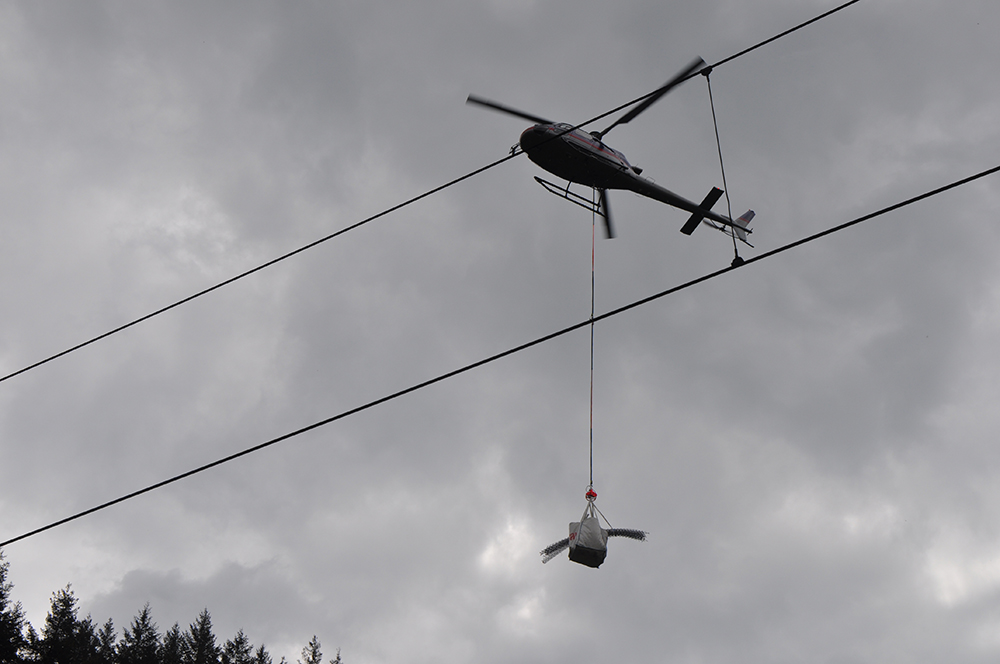
Of the 600 km of railway lines on the Luxembourg network, many sections run alongside rocky cuttings, particularly in the north of the country. To reduce the risks related to the structure and the potential instability of these rocky masses to the strict minimum, stabilisation and strengthening measures are regularly performed along the sections concerned.
Using helicopter transport: effective and safe
A large portion of the rocky areas requiring stabilisation are located in places that are very difficult to access. In this type of terrain, both the delivery of stabilisation/strengthening material (several hundred linear metres of metal mesh and netting or rock bolts) and the installation of these elements can be real challenges. It is in the spirit that the CFL, in partnership with CAN-Voltige, are using a helicopter transport solution. This is an effective solution in terms of cost (considerable time savings) and above all in terms of safety.
Transporting the material by air not only allows us to quickly and effectively overcome the many access restrictions in these environments which are mostly wild, but also enables us to perform the works safely, under optimum working conditions. This is all the more true considering the challenge of having to transport particularly heavy material of a substantial size in an environment that is mainly left in its natural state.
Securing the rocky cuttings at Schwarzepull in 2016
- Delivery by air: effective and safe in terrain that is not readily accessible.
- The material is attached to the helicopter using a winch…
- … then transported to the rocky cuttings to be secured.
- The material, in this case bolted plated netting, is received on the building site…
- … then positioned before being fastened using permanent anchoring bolts.
- To ensure coordination between the helicopter and the teams on the ground, radio contact is constantly maintained between them.
- Next the netting is made fast with cable loops, then with netting anchor plates to make sure that the netting is tight enough.
- Once they are installed and connected to each other, the various rolls of netting will protect the railway line from the risk of falling stones.
Voltige CAN Video
